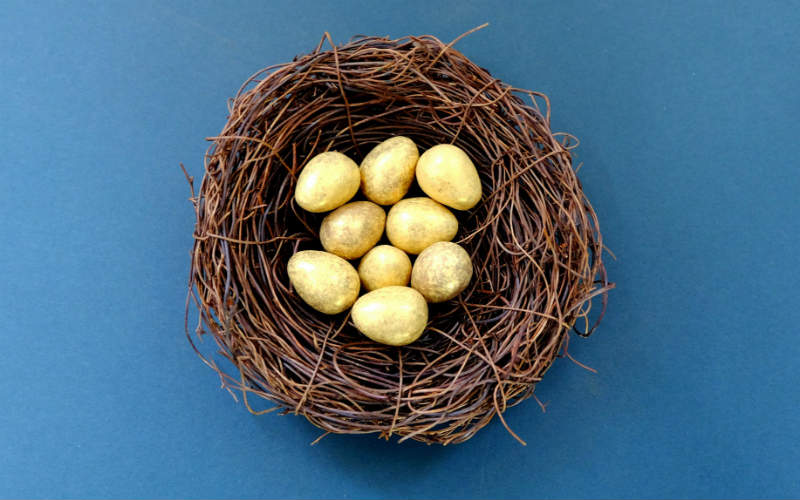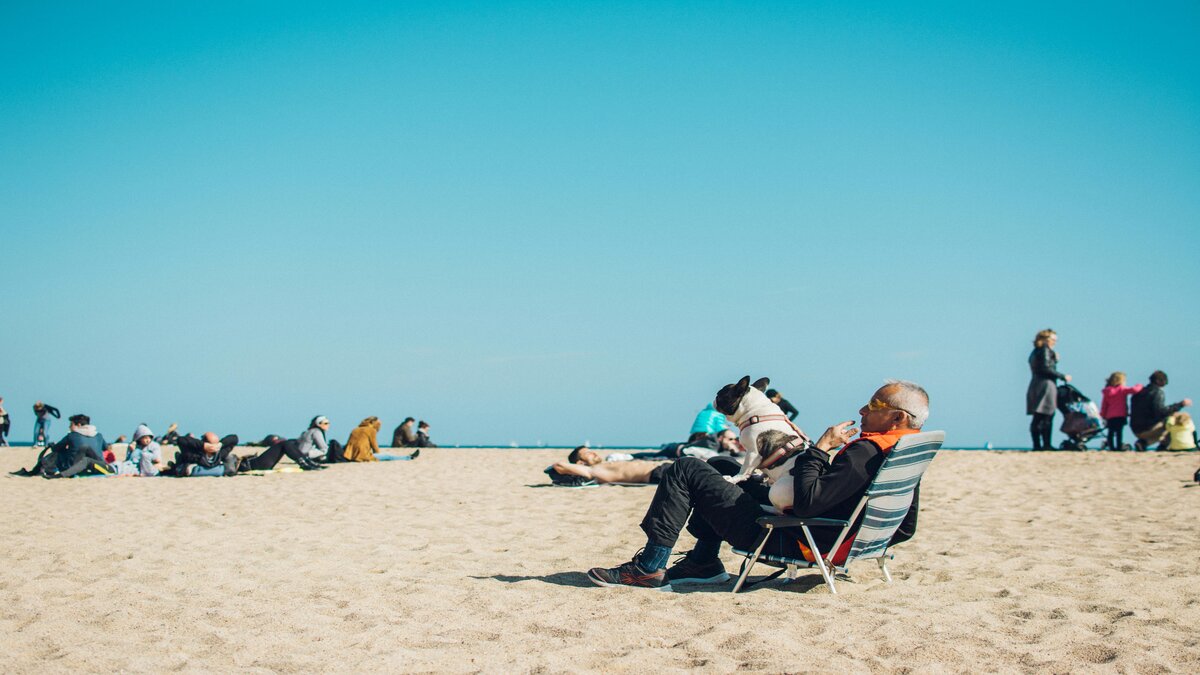Under the changes announced on Thursday, parents of babies born after 1 July 2025 will get 12% super on top of their 20 weeks of Commonwealth funded paid parental leave (PPL).
Currently, parents with a newborn or newly adopted child can access up to 20 weeks of paid leave at the national minimum wage.
That is set to rise to 26 weeks by July 2026.
The announcement comes after widespread calls to for super to be paid on government-funded parental leave in a bid to close the gap in superannuation earnings between women and men.
Australian women typically retire with 25% less superannuation than men, according to superannuation industry figures, released in November last year.
Super 'not perfect'
In announcing the change, federal Treasurer Jim Chalmers said while Australia’s super system was the envy of the word, it was “not perfect”.
“One of the imperfections is this gender gap in super and what we’re announcing today will address that,” he said. “It won’t eliminate that gap, but it will help to address it.
“We don’t want to see women penalised in the superannuation system for the interrupted work patterns associated with having and looking [after children].”
Super move election dependent
Ahead of the 2019 election, Labor had promised it would pay super on government parental leave if it won government.
However, it backed away from the promise at the last federal election, citing cost pressures.
Finance Minister Katy Gallagher confirmed government plans to introduce legislation, but Labor must win the next federal election first.
It’s unclear whether the Coalition would support the proposal.
How much will it cost?
Under Labor’s plan, 12% super will be on top of the government funded PPL rate, currently $882.75 a week.
From July next year, parents will be able to take 24 weeks of parental leave, rising to 26 weeks from July 2026.
A previous government review put the cost of paying super at about $200 million a year but that figure was based on 18 weeks of government PPL.
Based on current figures of around 180,000 families accessing the leave annually, the cost is likely to be around $500,000 by July next year.
What will super on parental leave mean for women?
A Treasury review of retirement incomes in 2020 found the main reason there was a gender gap in retirement incomes was because women earned less than men during their careers.
It found the absence of super on PPL was a contributor to the gap, but its overall effect was “small”.
Studies have consistently found women were more likely to have time out of paid work for family care and work part-time and casual jobs.
However, Roy Morgan research conducted last year found the superannuation gap has been slowly narrowing over the past decade with women’s superannuation balances growing at a faster rate than men’s.
The study also found women’s lower average incomes compared to men was the main contributor to the difference in super balances.
It noted at the current rate of growth, it would take another 50 years or so before the gender gap in average superannuation balances is eliminated.
Image by Jonathan Borba on Unsplash



 Denise Raward
Denise Raward
 Aaron Bell
Aaron Bell













